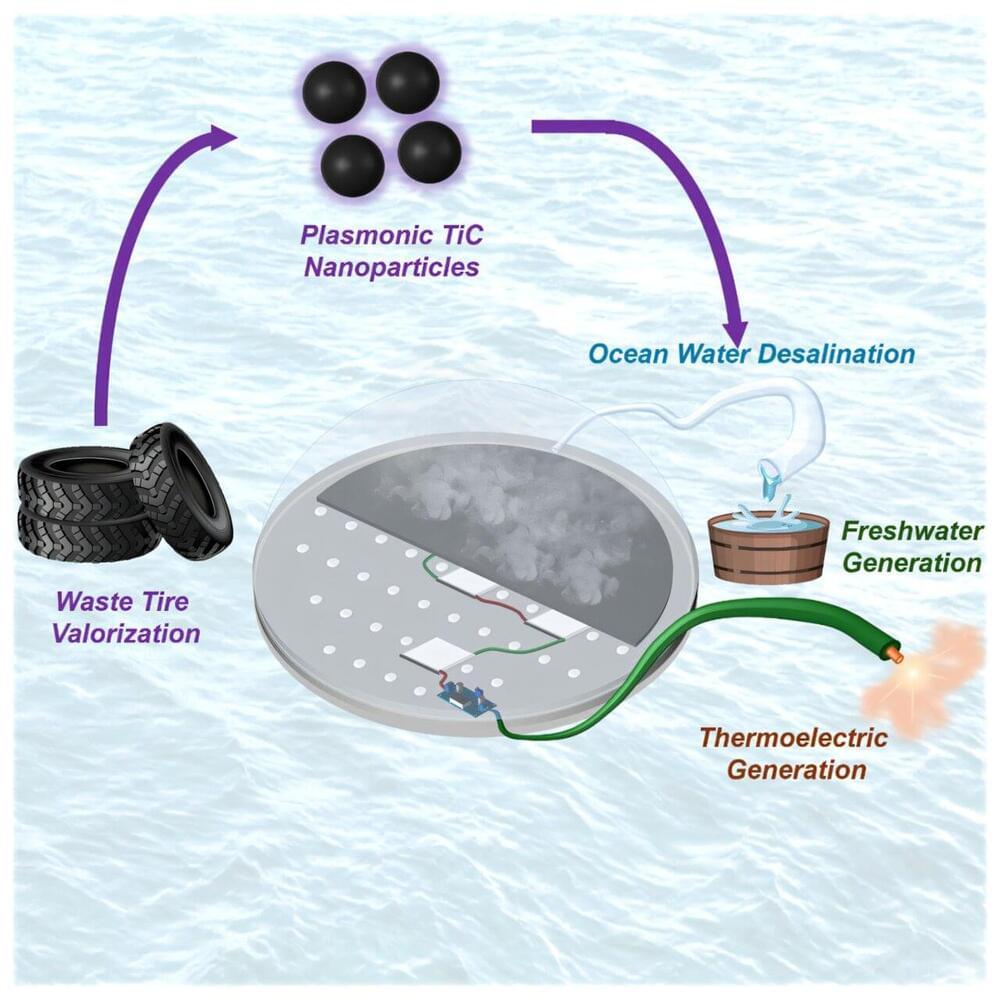Researchers created a single-step device using redox electrodialysis and electrosorption to capture and destroy diverse PFAS chemicals, aiming to address contamination in water and industrial wastewater.
A study from the University of Illinois Urbana-Champaign is the first to introduce an electrochemical method capable of capturing, concentrating, and destroying diverse PFAS chemicals—including the increasingly common ultra-short-chain PFAS—in water, all in a single process. This breakthrough holds promise for tackling the mounting industrial challenge of PFAS contamination, especially within semiconductor manufacturing.
A previous U. of I. study showed that short-and long-chain PFAS can be removed from water using electrochemically driven adsorption, referred to as electrosorption, but this method is ineffective for ultra-short-chain molecules because of their small size and different chemical properties. The new study, led by Illinois chemical and biomolecular engineering professor Xiao Su, combines a desalination filtration technology, called redox electrodialysis, with electrosorption in a single device to address the problems associated with capturing the complete PFAS size spectrum.








